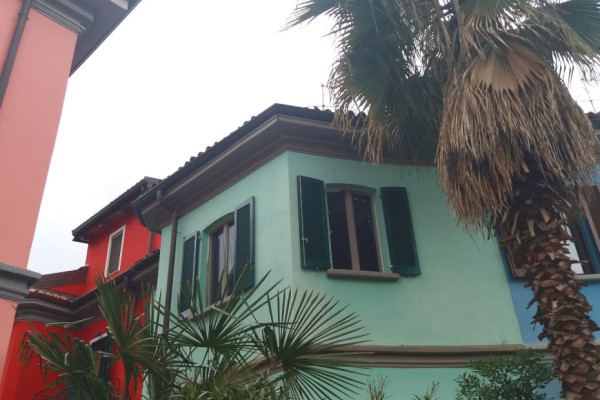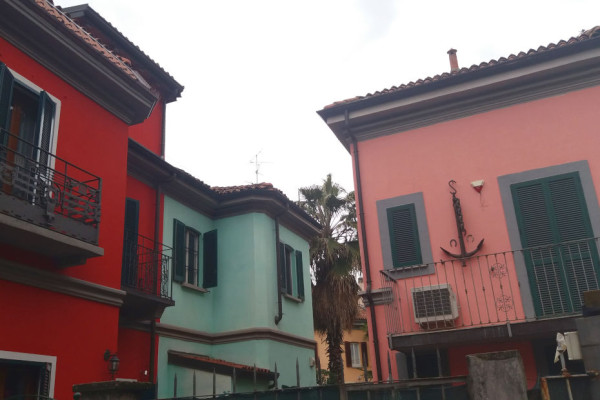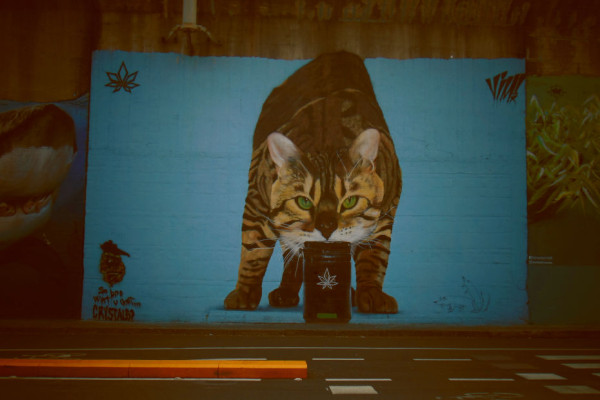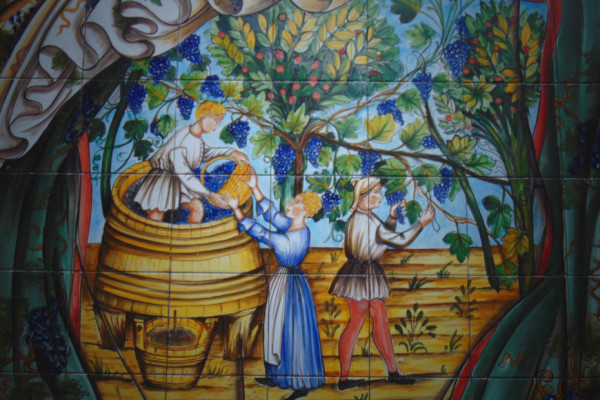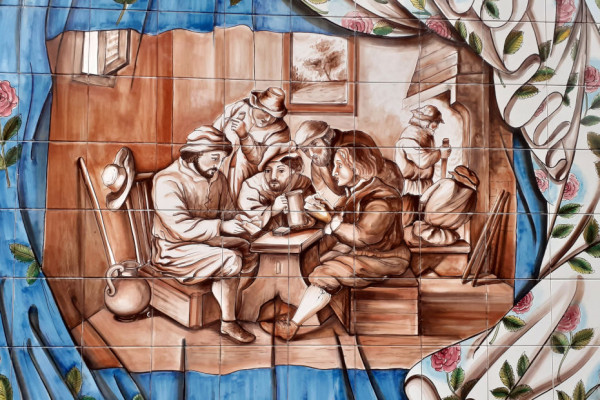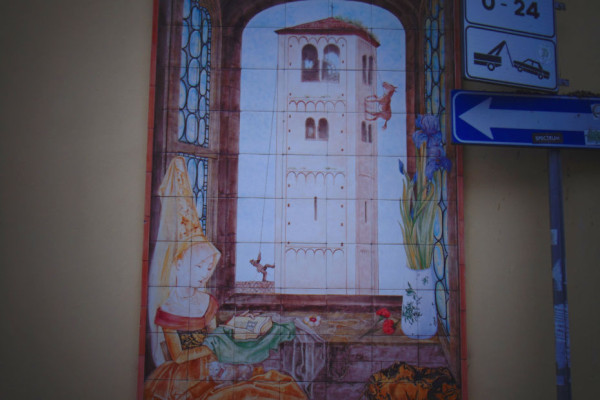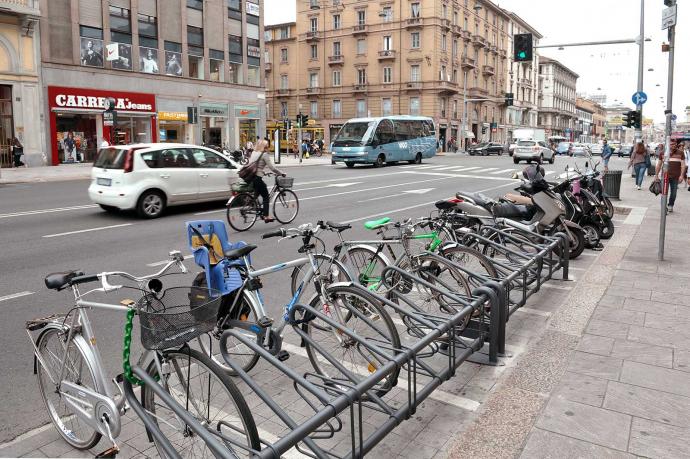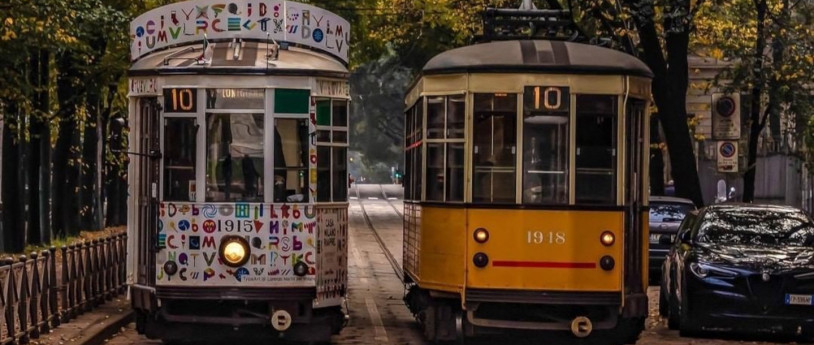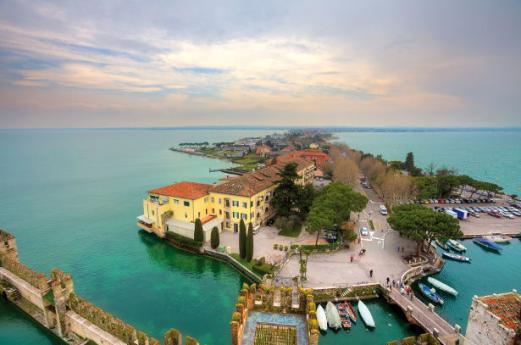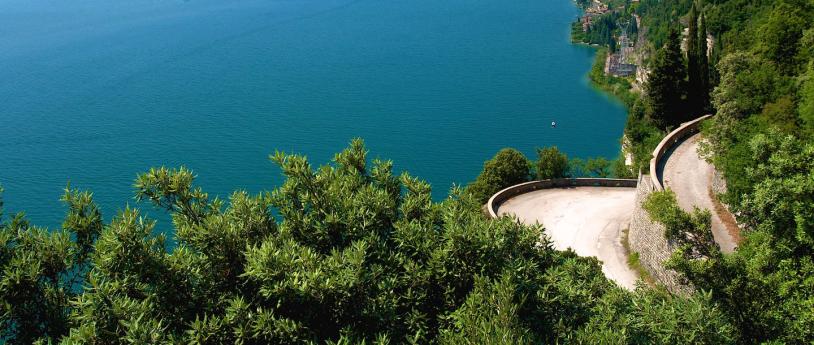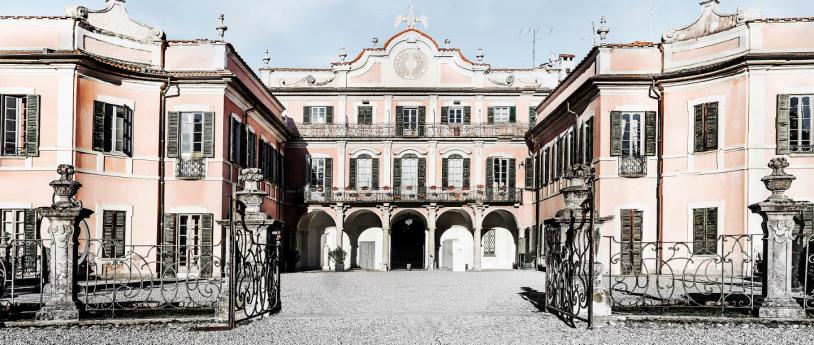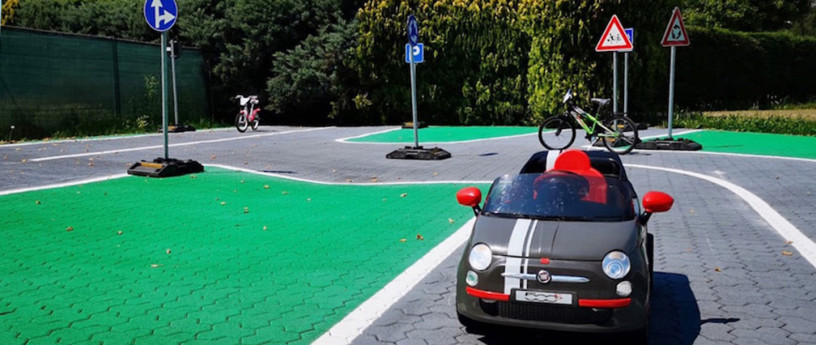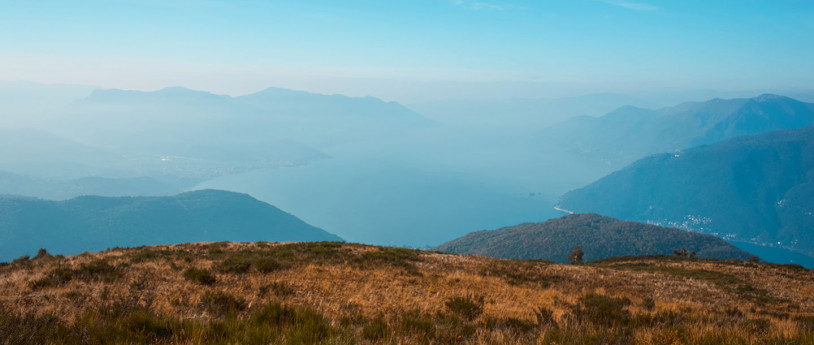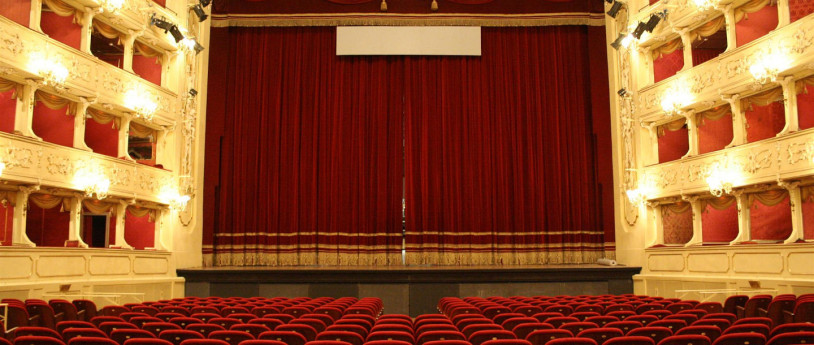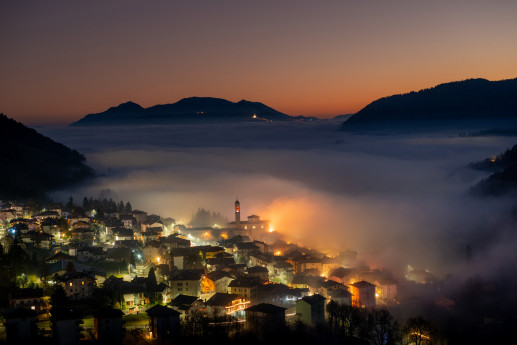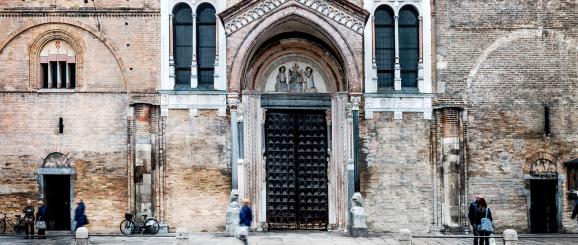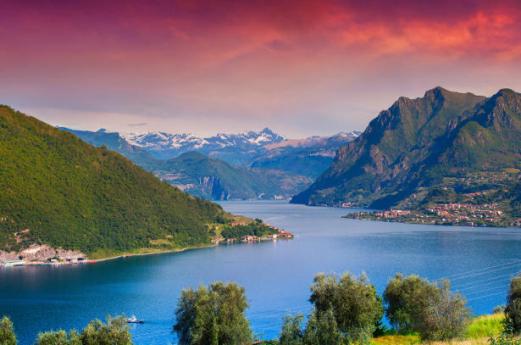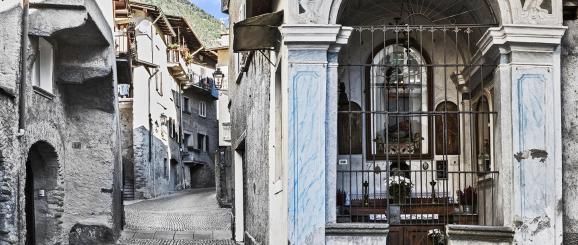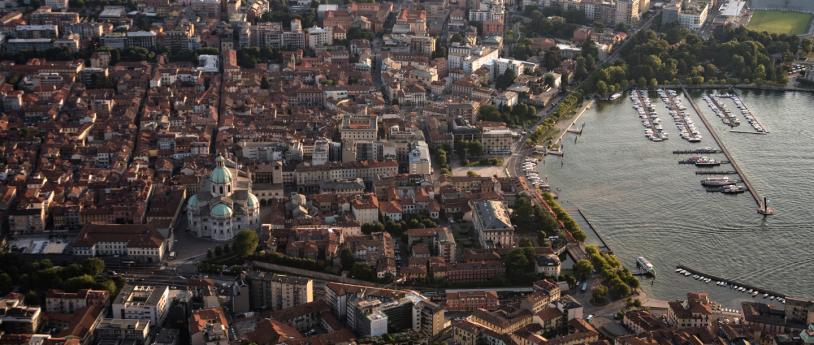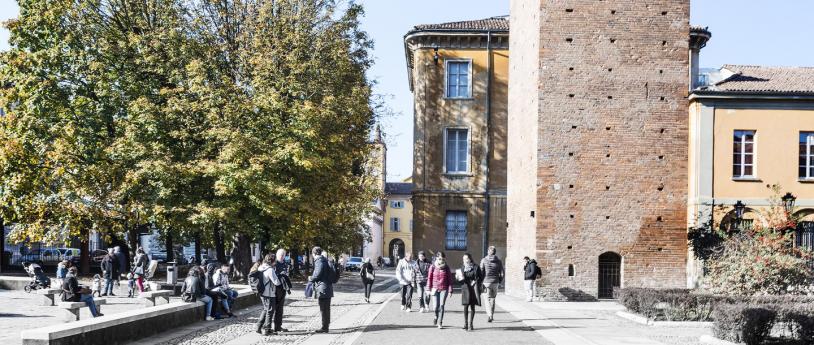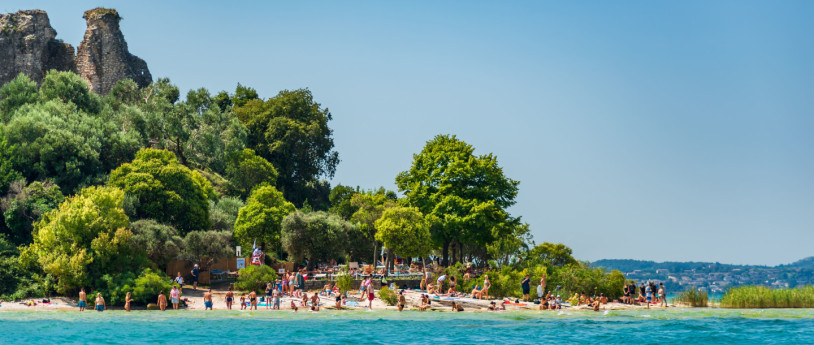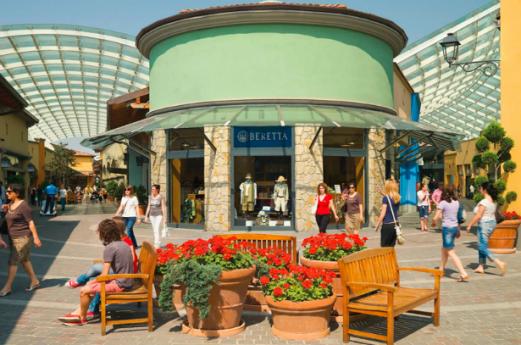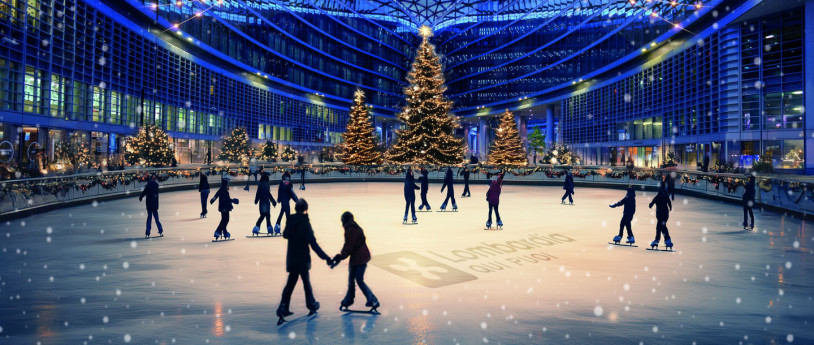- Lifestyle
- Art & Culture
Milan, a city in color
Let's find out together how colorful Milan is
Milan is ugly, there is only traffic, smog, fog, a lot of cold in winter and a lot of heat topped with the buzzing of mosquitoes in summer. But are you sure about that? What if I told you that Milan is a "city of colors"?
And we are not talking about the colors that unfortunately the pandemic we are still experiencing has accustomed us to: white, yellow, orange or red areas. We are talking about real colorful neighborhoods, so much so that some like to call them "rainbow neighborhoods."
We are in the Città Studi area, where in 1915, in the field area of the so-called "double Cascine," the foundation stone was laid for what would become, precisely, the Città degli Studi: an ambitious project that envisioned the construction of nine pavilions destined for the Polytechnic, the School of Agriculture, the Clinical Insti-tutes of Perfection, the Veterinary School, the Botanical Garden, the Academy of Fine Arts and the Scientific-Literary Academy. A citadel of culture was coming into being where the aim was to overcome the opposition between scientific and humanistic knowledge... and around the new buildings destined for students, scholars and lectures-where one of the most important university hubs in the city of Milan and beyond still stands today-there were also houses for professors and their families. Simple then, very characteristic today.
Let's try to walk, for example, on Via Giuseppe Colombo and after a few steps we will find ourselves open-mouthed and noses turned up to look at the various colorful little houses with their related private inter-noor gardens that characterize this street axis. A few more steps and, after crossing the busy Viale Romagna, another neighborhood within the neighborhood will make us wonder "but are we really in Milan"? Yes, Milan is indeed all to be discovered. Via Andrea del Sarto and neighboring streets are characterized by small and large Art Nouveau villas, now almost all restored-a real beauty to walk here.
It is not only in Città Studi that we find small rainbow neighborhoods. Moving a little further toward the center, between Via Archimede and Via Sottocorno, is Via Lincoln: here it really feels like walking in a fairy world. Small enchanted gardens, colorful little houses, a silent and semi-hidden dimension "plunges" us back into the past. Popular but independent houses for the workers who worked in the late 1800s in this area...which have now become highly coveted dwellings, but also beautiful just to look at from the outside.
Milan in color is also: the walls of the railroad embankments that outline a kind of outer suburban circle. Here, on these walls for some years now the City Council has been allowing writers to give free rein to their inspiration and imagination in drawing or writing. Truly a beautiful initiative and a treat for the oc-use to see these colorful railroad boundary walls. They are the "free walls." A way of allowing artists to express themselves by decorating anonymous walls but at the same time a way of inviting them to express themselves on authorized walls.
Any examples for walks in search of street art works along Milan's "free walls"? Don't miss in the area of NO.LO. (an Americanized acronym for North Loreto identifies the area of streets north of - precisely - Piazzale Loreto) the long Via Pontano, a link between Via Padova and Viale Monza.
We move completely by area of the city - from east to west - and we find ourselves in Baggio, we are at the end of Via Forze Armate, the extreme suburbs where the history of the little hamlet is told on the walls with delightful majolica images: from the peasants pressing grapes to meetings in taverns to that character who thought it was a good idea to hoist his horse to the top of the bell tower so that it could eat the grass that grew up there, imagine the comfort!
These are just a few examples of our Milan, a city in color.
Until next time...possibly colorful!
Text by ELENA MEVIO, ConfGuide-GITEC certified guide
If you liked this story, CLICK HERE to discover its various itinerary suggestions.
